Hello, fellow container home enthusiasts! I’m Lulaa Black, and I’ve been navigating the exciting world of container homes for four glorious years now. In that time, I’ve seen everything from minimalist marvels to extravagant eco-friendly abodes built out of shipping containers. But there’s one thing that never gets enough attention, and that’s the often-underestimated foundation. It’s like the unsung hero of container home construction, silently supporting your dream home. So, today, let’s dive deep into the world of foundation types for container homes and explore the pros and cons of each.
Concrete Slab Foundation: A Solid Start
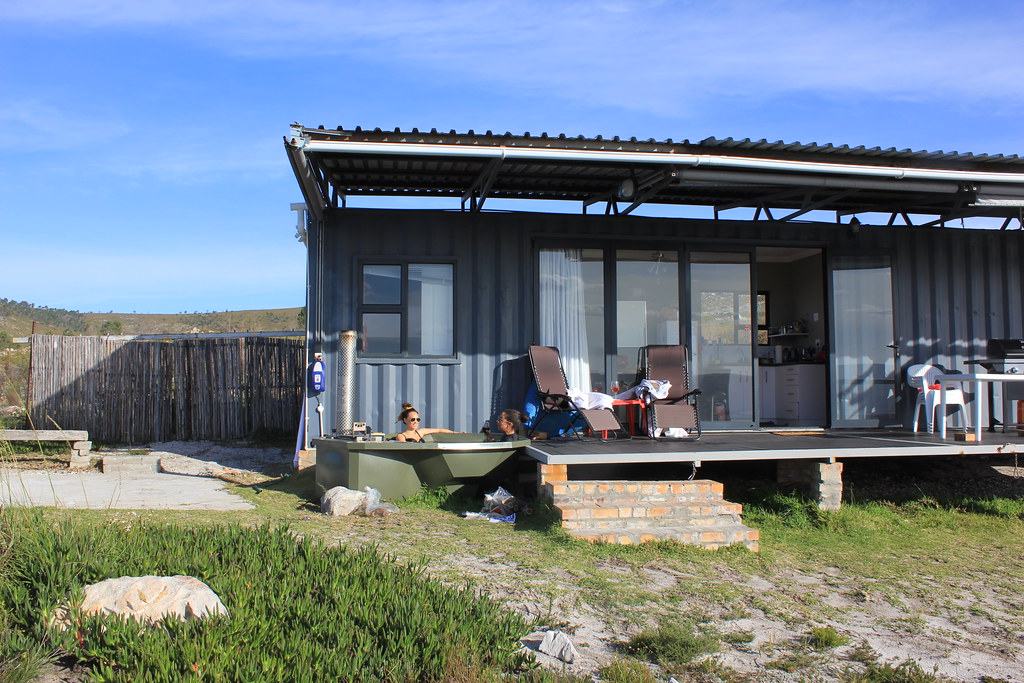
Ah, the trusty concrete slab – it’s the go-to choice for many container home builders, and for good reason. Picture this: your containers neatly placed on a flat, level surface, as stable as a cat on a windowsill. Here are the details:
Pros
Concrete slabs offer excellent stability and load-bearing capacity. They can easily support the weight of your containers, even when stacked.
Once it’s cured, concrete is virtually indestructible. You won’t have to worry about rot, pests, or decay.
Concrete slabs are low-maintenance, requiring little more than the occasional cleaning.
You can use a concrete slab for a variety of foundation styles, including perimeter walls and footings.
Cons
While it’s a solid choice, concrete slabs can be pricey to install, especially if you need extensive site preparation.
The production of concrete generates a significant carbon footprint. If you’re aiming for a green home, this might not be your first choice.
Concrete Piers: The Minimalist’s Dream
Now, let’s talk about concrete piers. They’re like the stilettos of the container home world – tall, slender, and minimalistic.
Pros
Concrete piers are often more budget-friendly compared to a full concrete slab.
Elevating your containers on piers allows for better airflow, which can help prevent moisture-related issues.
Installing piers is relatively quick, making it an efficient choice for those who want to get their container home up and running fast.
Cons
Elevated containers can be challenging to insulate properly, and you might end up with a less energy-efficient home.
The space between the ground and the container’s floor can’t be used for storage unless you enclose it, which adds to the cost.
Helical Piles: A Twist on Tradition
Helical piles, or screw piles, are an innovative foundation option gaining popularity in the container home community. They’re like corkscrews for your home’s foundation.
Pros
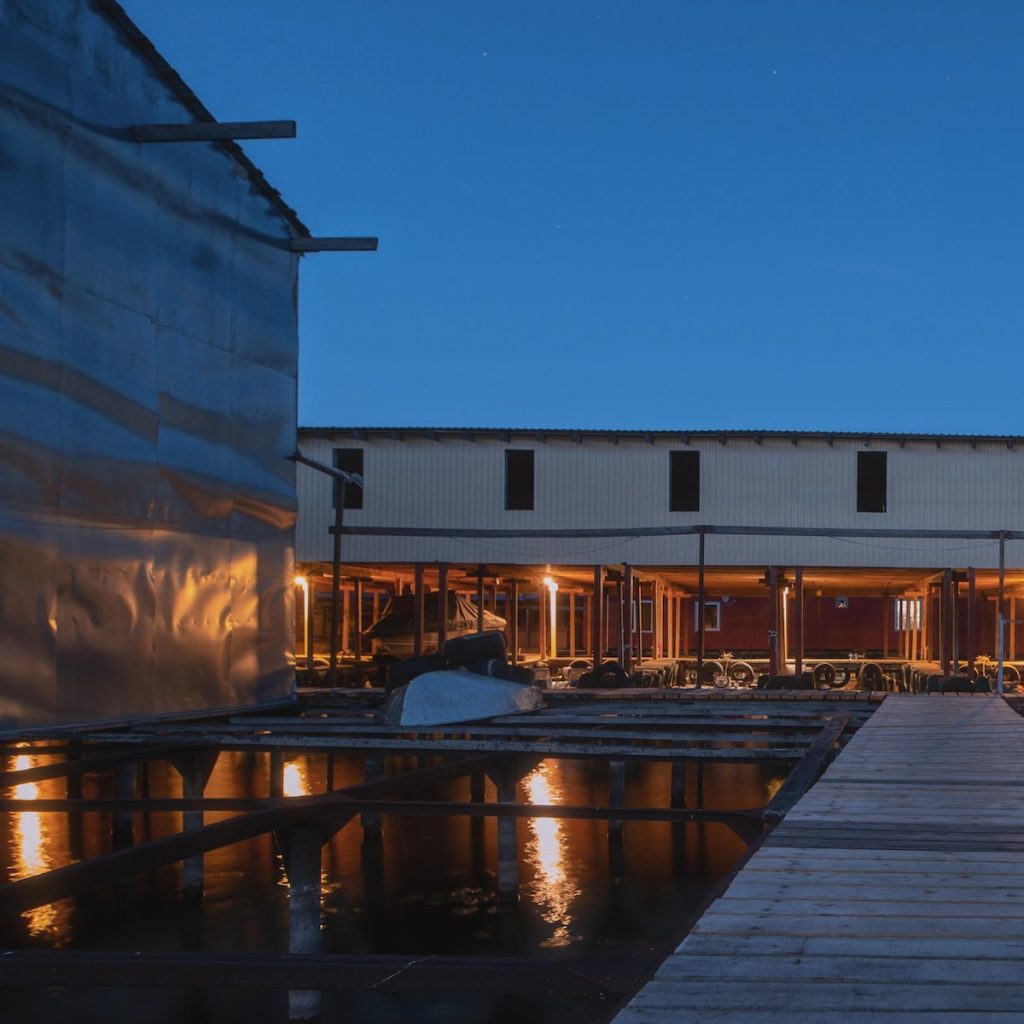
Helical piles have a lower environmental impact compared to concrete, making them a greener option.
Installation is often faster than pouring concrete, saving you time and money.. Helical piles can be used in various soil conditions and can even be removed and reused if needed.
Cons
While they may save on installation time, helical piles can still be more expensive than traditional concrete piers.
They’re not ideal for very tall structures or multi-story container homes.
Shipping Container Footings: The Upcycler’s Choice
If you’re all about embracing the container lifestyle to the fullest, then container footings might be your jam. It’s like repurposing old jeans into stylish shorts – sustainable and unique.
Pros
Using old container parts as footings is an excellent way to recycle and reduce waste.
If you can source used container parts at a reasonable price, this can be a budget-friendly option.
Container footings give your home an industrial, edgy look that stands out from the crowd.
Cons
Using container parts as footings may raise structural questions and require extra engineering considerations.
You’ll need to ensure a level foundation, which can be more challenging with container footings.
Wooden Beams: The Rustic Choice

For those who want a touch of rustic charm in their container home, wooden beams are the way to go. It’s like adding a cozy cabin vibe to your industrial haven.
Pros
Wooden beams lend a warm, inviting atmosphere to your container home.
Timber is often more budget-friendly than concrete or steel.
Working with wood allows for easy adjustments and modifications during construction.
Cons
Wood requires regular maintenance to prevent rot, decay, and pests.
Wooden beams may not be suitable for larger or multi-story container homes.
Conclusion
Choosing the right foundation for your container home is a crucial decision that can impact your home’s stability, longevity, and overall aesthetics. Each foundation type has its own set of pros and cons, and the choice largely depends on your budget, environmental concerns, and design preferences.
Before you make your decision, consult with a structural engineer or architect who specializes in container homes. They can provide valuable insights into which foundation type best suits your specific needs and local building regulations.
Remember, your container home’s foundation may not be the star of the show, but it’s undoubtedly the supporting actor that ensures your dream home stands strong for years to come. So, choose wisely, and may your container home adventure be as solid as the foundation you build it upon. Happy container home building!












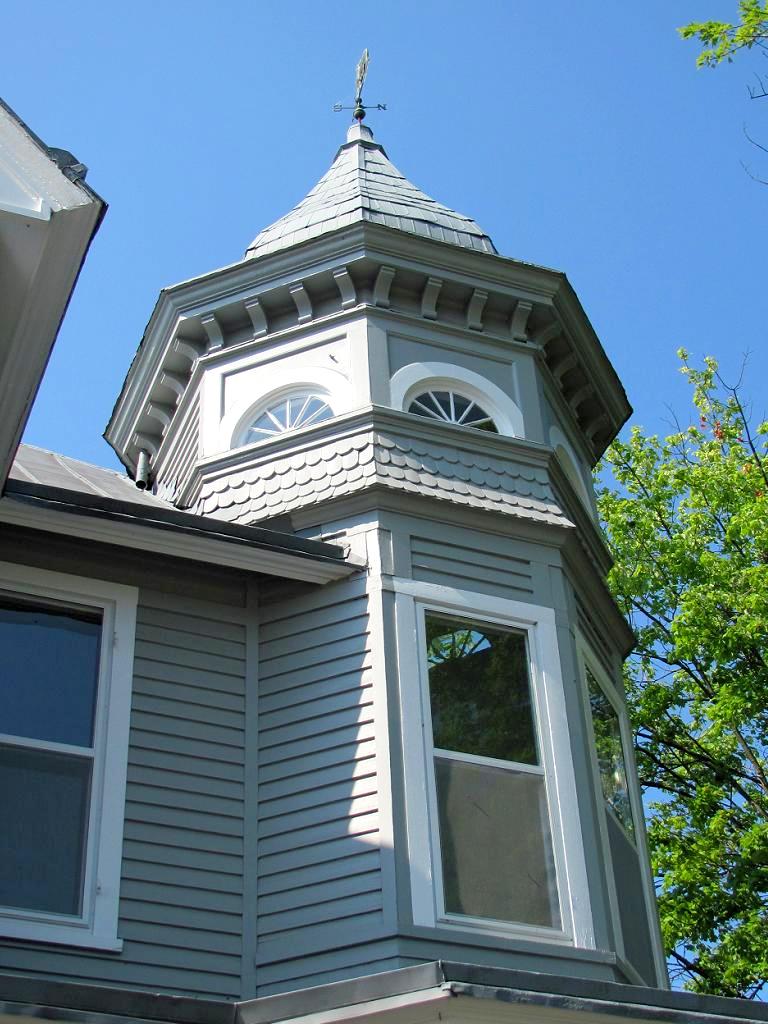




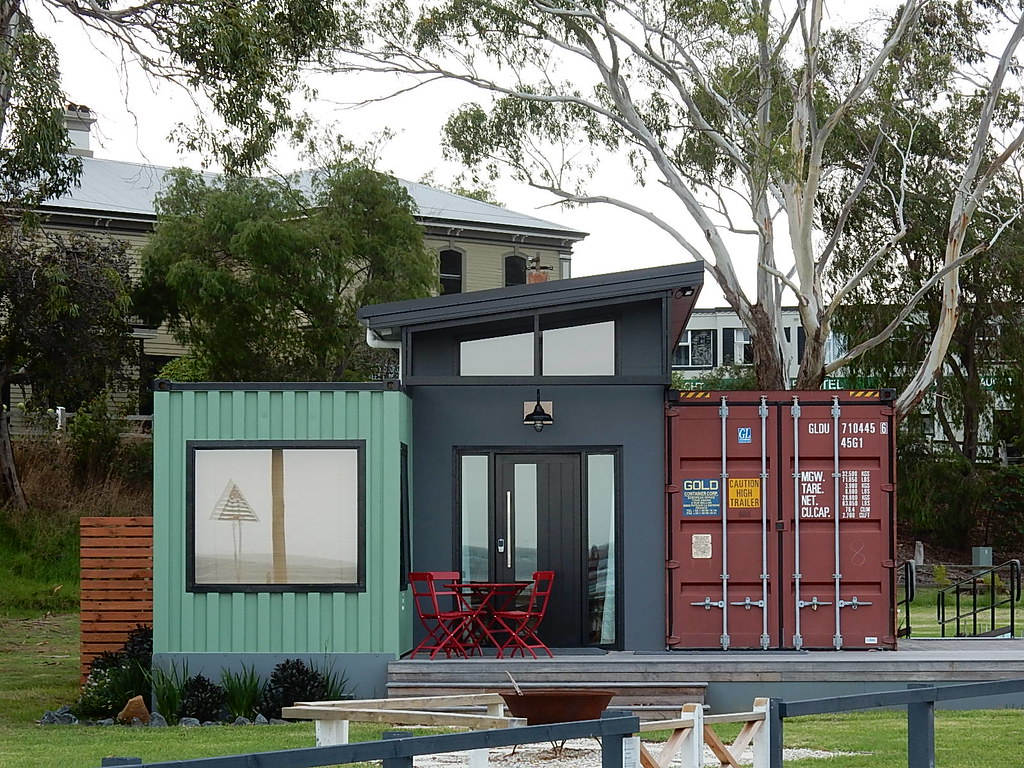
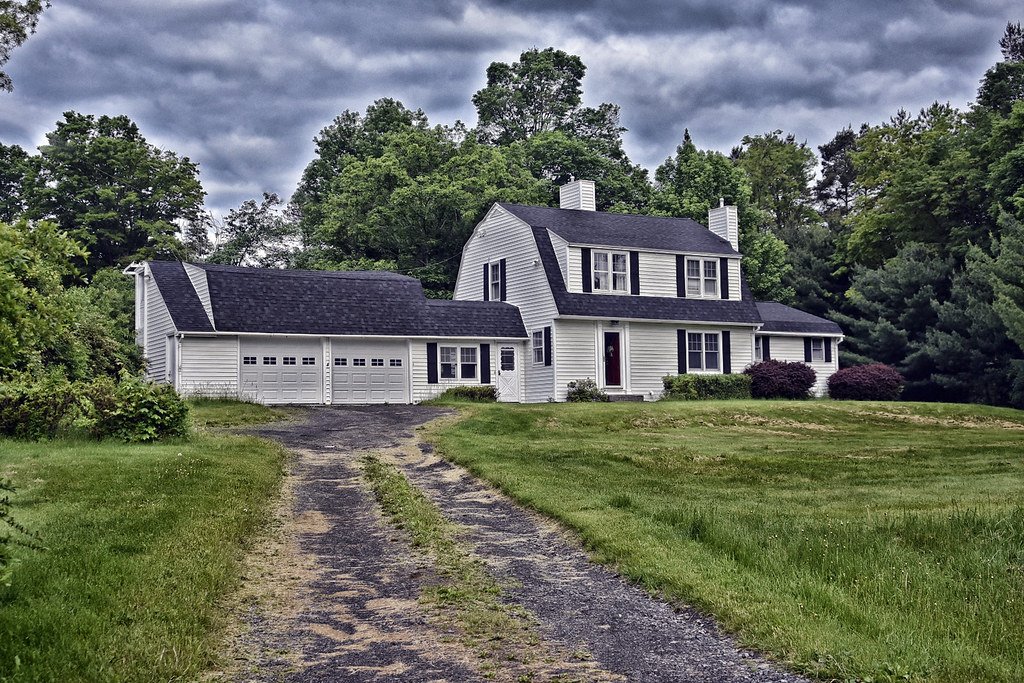

Find Us on Socials